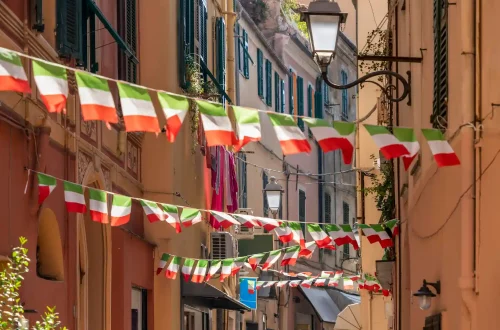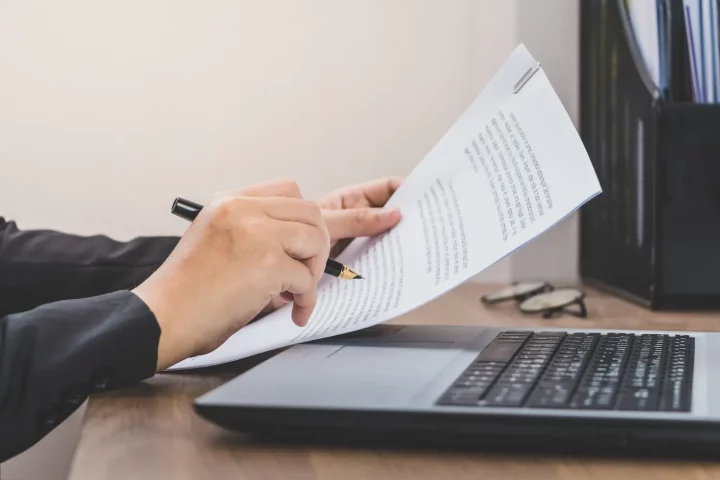A Naturalization Certificate is a pivotal document in the process of applying for Italian citizenship jus sanguinis, which translates to “right of blood.” This legal principle allows individuals to claim Italian citizenship through their ancestry, provided they meet specific criteria.
A key part of this process is proving the citizenship status of one’s Italian parent or grandparent, which is where the Naturalization Certificate comes into play. This document provides concrete evidence of whether an ancestor naturalized in another country, thus potentially affecting one’s eligibility.
Why the naturalization certificate is important
As of 2025, with the enactment of Law No. 74/2025, na individual is only eligible for Italian citizenship by descent if they have an Italian parent or grandparent born in Italy. Alternatively, eligibility may also apply if your Italian parent—not grandparent—lived continuously in Italy for at least two years.
To qualify, you must demonstrate that your Italian ancestor held exclusive Italian citizenship at the time of their death.
How to obtain the non-naturalization record
To confirm that your Italian parent or grandparent never naturalized as a citizen of another country, you can request a “LETTER OF NO RECORD OF NATURALIZATION/PERSON” from the relevant authority, such as the USCIS in the United States. This declaration effectively serves as proof that the ancestor did not naturalize in another country, thereby maintaining their Italian citizenship.
Translation and apostille of the document
Once the “LETTER OF NO RECORD OF NATURALIZATION/PERSON” is obtained, the next step involves ensuring the document is legally recognized by Italian authorities. This requires an official translation of the document into Italian. It’s crucial to use certified translators who can provide an accurate and legally valid translation.
In addition to translation, the document must be authenticated with an apostille, which is a form of international certification under the Hague Convention. The apostille verifies the authenticity of the document, ensuring it is accepted in Italy. This process involves submitting the document to the relevant authority in your country that handles apostilles, often the Office of the Secretary of State where the document was issued or a similar agency.
Count on io.citizen!
The journey to obtaining Italian citizenship by jus sanguinis can be intricate, but the rewards of reconnecting with your heritage and securing Italian citizenship are immense. For those who find the process daunting or complicated, consider reaching out to specialized services such as io.citizen.
Our experts can assist you in obtaining and validating the necessary documents, providing invaluable support throughout your citizenship journey. With our help, you can navigate the complexities of the process with confidence and ease.
Reclaiming your Italian citizenship is more than just a legal procedure; it’s a meaningful reconnection with your roots and a celebration of your heritage. Start today, and take the first step towards embracing your Italian ancestry.






